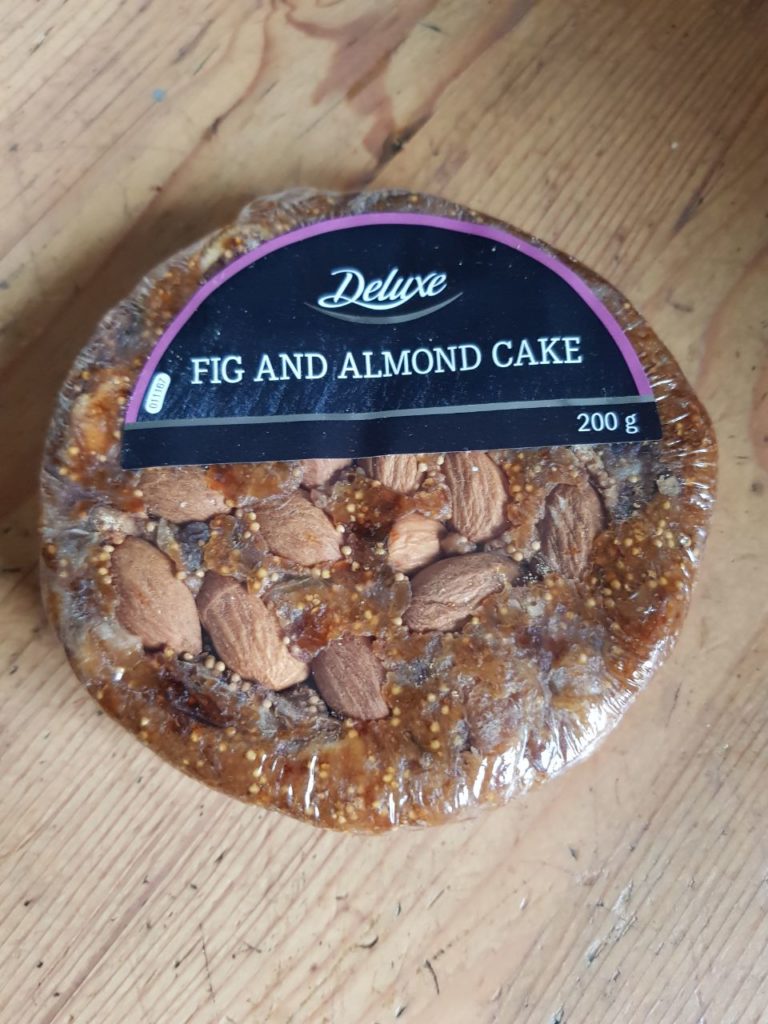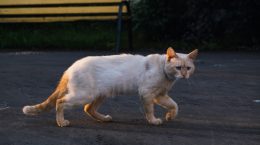National security is the fig leaf against freedom of information.
Ralph Nader
Scientists, and more often – philosophers, argue from time to time what kind of fruit, precisely what apple, Eve might have eaten in the Garden of Eden. Somebody says it was a banana, others insist on a pomegranate. Some even suggest it was a mushroom (we’ll speak about that interesting version some other time). However, if we read sacred texts, we can discover that Adam and Eve made themselves clothes out of fig leaves.
Since then, in order to avoid being accused of pornography, sculptures hid private parts of marble statutes with marble fig leaves. Same thing did artists in their paintings.
So, a suspicion arises that it was the fig the forbidden apple. By the way, the fig fruit is actually an inverted flower.
Well, let us not be so obtuse.
It turned out, the fig tree, or the Ficus tree, is thought to be one of the first plants cultivated by humans.
The fig tree has a standard type of reproduction… and a not very standard, but a mutant one. The mutant figs are the most delicious, but if they are not helped to reproduce, the number of the plants of that type comes to naught in a population. Besides that, same as vine or willow, fig can easily take root right from cuttings. People noticed both those characteristics and planted the cuttings from the most delicious (mutant) fig trees into the soil. 11200-11400 years later, at a Stone Age settlement in the Jordan Valley, Gilgal, archaeologists of Israel noticed that the rests of the gathered fig croups had no seeds in them. It meant the plants had been reproduced by humans. From this it follows that the fig tree was domesticated by Near East farmers 1000 years earlier than cereals and legumes, and 2000 years earlier than cats. By the way, cats also made part of the diet, but let’s not talk about it on this wonderful day.
We thank our partner, Maisto Bankas, who does not let Belarusians starve, for the illustration to this text!

P.S. The Mediterranean variety has a co-evolutionary relationship with the fig wasp that goes back at least 80 million years. Without the help of the wasp, pollination and thus reproduction would not happen. The two need each other to survive.








